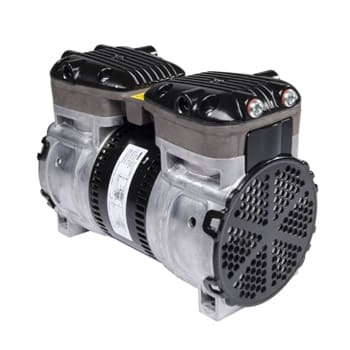ESTinker
Mechanical
- Aug 24, 2017
- 40
I don't know much about noise reduction, got any advise on reducing the noise on a 1/2HP compressor pump?
The pump weighs 20 pounds and mounted on 4 isolation mounts each rated at 35 pounds. I plan on make an enclosure with 1/4" noise insulation foam on all 6 sides with cut outs for the fan holes on the front and back where cold air gets blown in and at the top put either a big hole or a bunch of small ones to vent out the hot air.
So any advice on the best way to remove as much noise? Not really sure if it make any difference to have a bunch of small holes or 1 big one.

The pump weighs 20 pounds and mounted on 4 isolation mounts each rated at 35 pounds. I plan on make an enclosure with 1/4" noise insulation foam on all 6 sides with cut outs for the fan holes on the front and back where cold air gets blown in and at the top put either a big hole or a bunch of small ones to vent out the hot air.
So any advice on the best way to remove as much noise? Not really sure if it make any difference to have a bunch of small holes or 1 big one.


